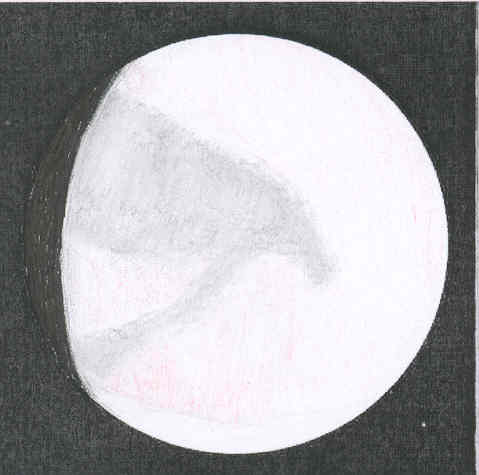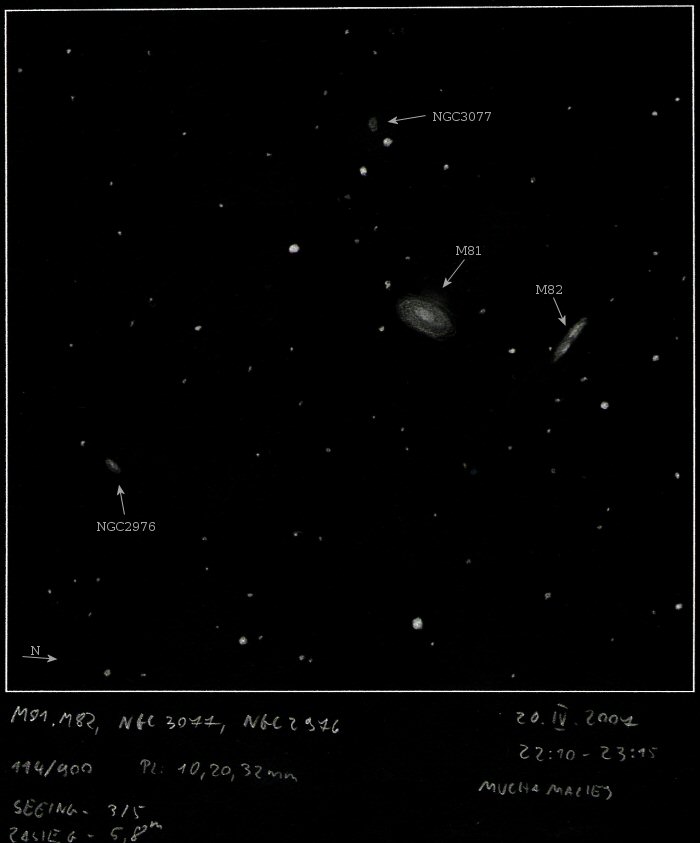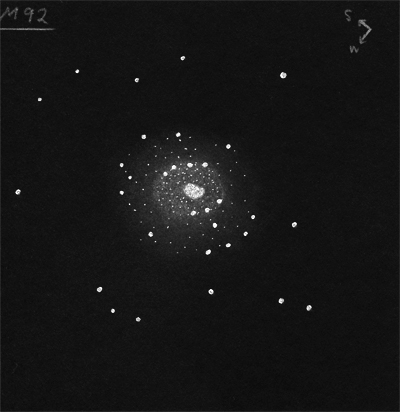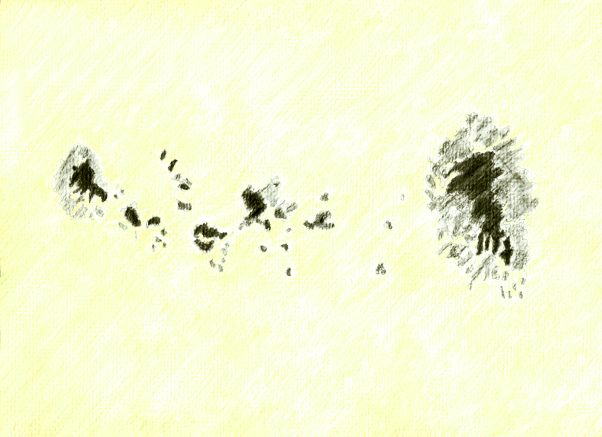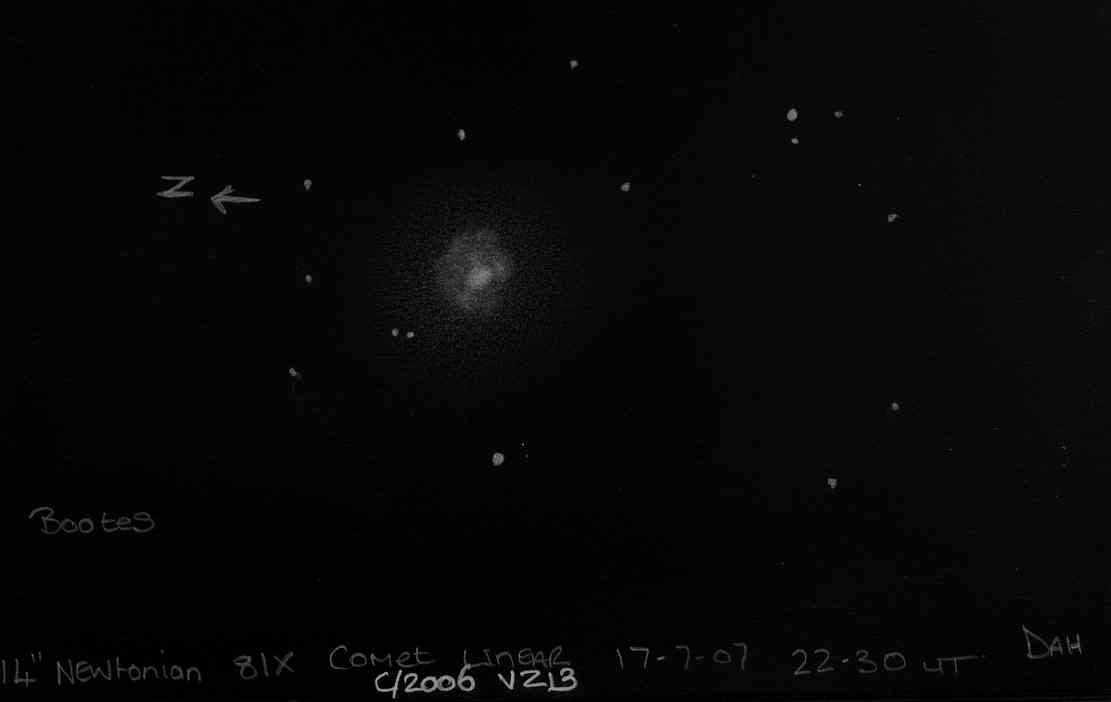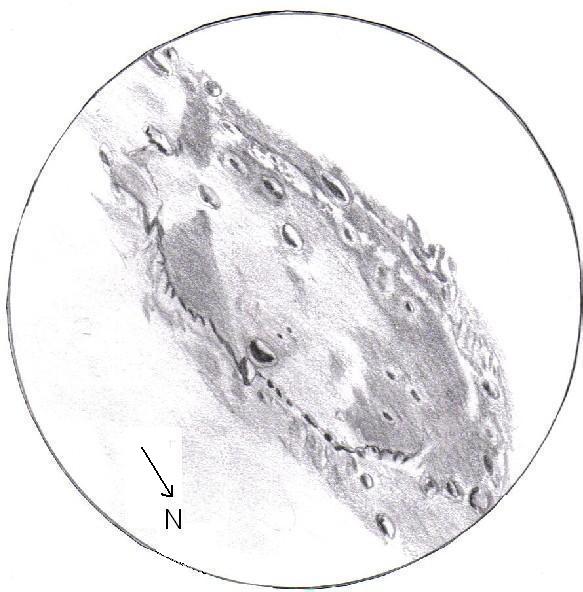I have attached my latest Mars sketch for your interest. This resulted from my 3rd
observation of Mars during this opposition. Unfortunately seeing was too poor
during the 2nd session to allow me to make a ‘reliable’ sketch.
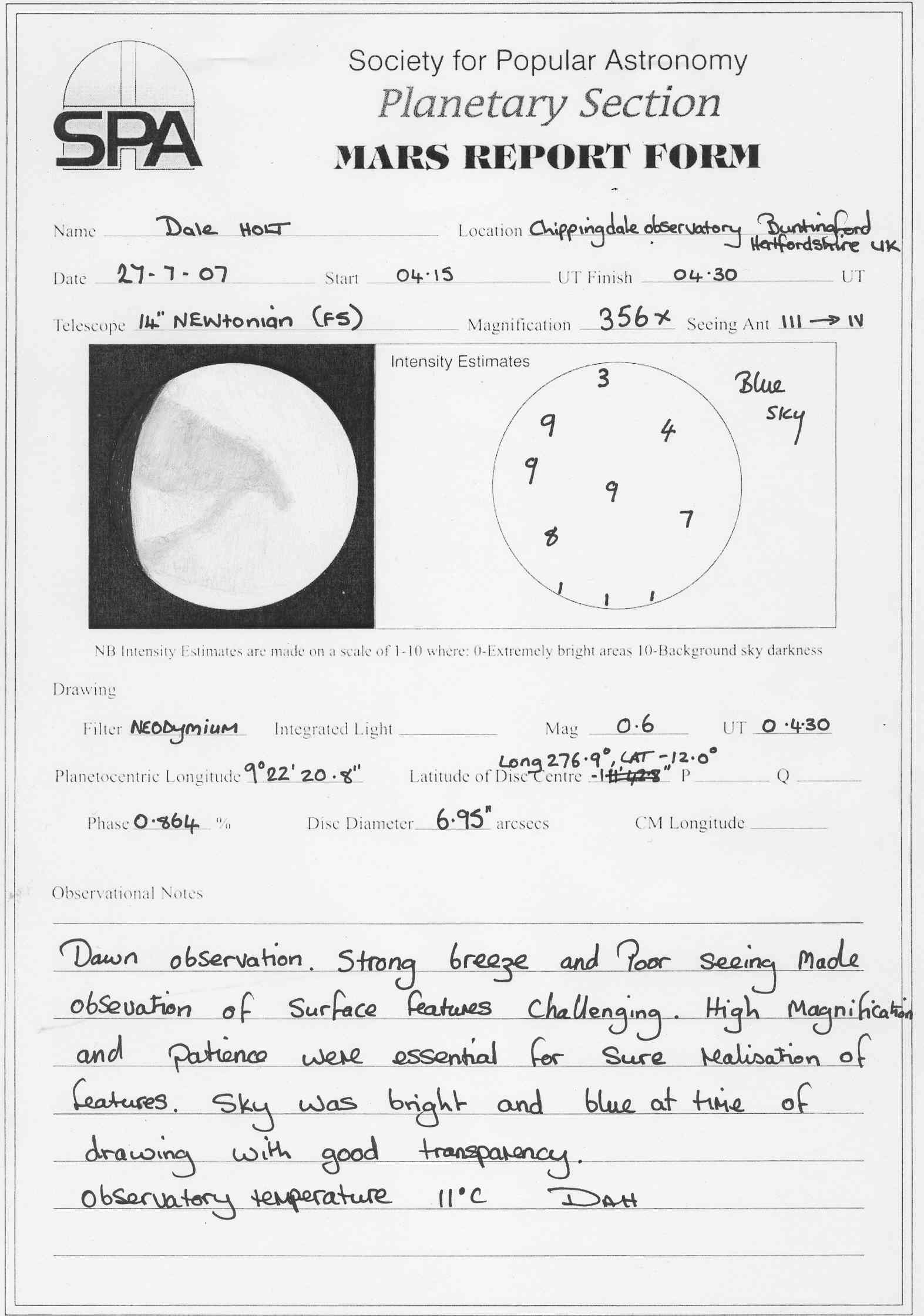
I find observing in the early morning so invigorating and am always on a high
for the rest of the day following such an opportunity. As I have noted so often
before the view gets more detailed and contrasty as the dawn sky brightens. On
this occasion I noted a distinct brightening along the northern polar region
which I hope I have depicted agreeably in my sketch.
When I observe and sketch Mars I never research what I’m likely to see in case
some preconceived image might cloud my vision of reality at the eyepieces.
Dale Holt

